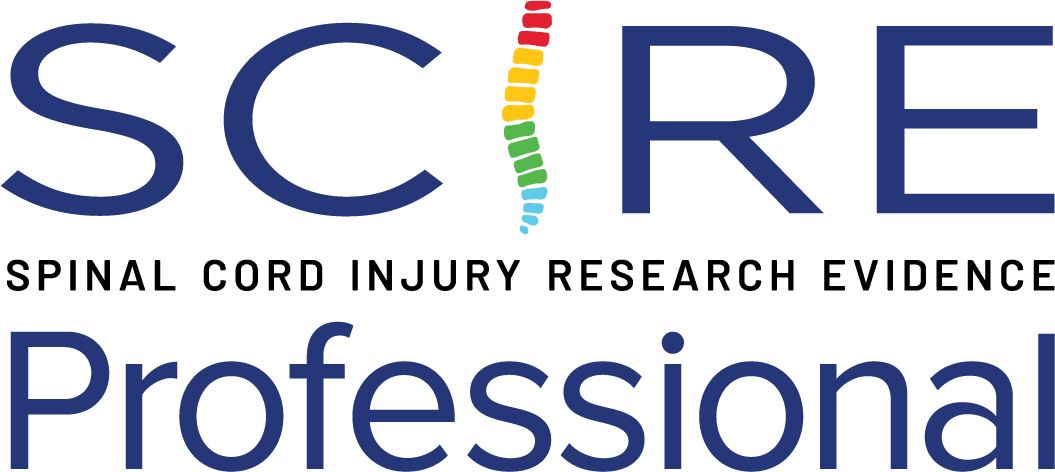Robot-Aided Ankle Rehabilitation
Ankle rehabilitation plays an important role as it aims at stemming drop foot consequences in weakened lower limb muscles, which affects static and dynamic balance and gait performance negatively and favors the recovery of stepping ability (Calabró et al. 2021). Improving ankle functionality requires targeting the ranges of motions (i.e., plantar/dorsiflexion, inversion/eversion, and abduction/adduction) and the ankle plantar and dorsiflexion muscle strength, and perceptual abilities and proprioceptive capacity of the ankle (Calabró et al. 2021). Therefore, it is possible to minimize the risk of falls and enhance walking speed and efficiency; thus, the adoption of an intensive and task-oriented motor practice is essential (Calabró et al. 2021).
Nevertheless, little evidence is available concerning the efficacy and neurophysiological underpinning of robot-aided ankle rehabilitation in persons with SCI compared to conventional physiotherapy (Calabró et al. 2021). Thus, a pilot study was conducted to assess the neurophysiological underpinnings and the efficacy in improving gait performance and balance of robot-aided ankle rehabilitation using the ankle rehabilitation platform-robot Hunova® (Movendo Technology, Genoa, Italy) (Calabró et al. 2021).
Discussion
There was one case-control study that evaluated the effects of robot-aided ankle rehabilitation vs. conventional ankle rehabilitation in persons with incomplete SCI using corticomuscular coherence data (Calabró et al. 2021). After 4 weeks of training, there were more significant improvements in the experimental group than in the control group for walking speed (10MWT), walking distance (6MWT), TUG, static and dynamic balance outcomes (confirmed by instrumental assessment: center-of-pressure values), independence in daily living activities (SCIM-III), and muscle activation of dorsal and plantar flexors. These changes were paralleled by widespread modifications in functional synchronization between the sensorimotor cortex and lower limb distal muscles (assessed by the corticomuscular coherence) (Calabró et al. 2021). The potential application of a platform-based robot-aided ankle rehabilitation as a clinical rehab tool for people with incomplete SCI has been suggested, although more studies with larger sample sizes and including a follow-up assessment will be necessary for the implementation of this intervention in clinical practice.
Conclusions
There is level 3 evidence (from 1 case control study: Calabró et al. 2021) that the addition of a robot-aided ankle rehabilitation (in comparison with conventional ankle rehabilitation) to an intensive program consisting of FES of lower limb muscles, conventional physiotherapy and occupational therapy sessions provides more significant improvements on gait performance (10MWT and 6MWT), TUG and other static and dynamic balance outcomes (i.e., center-of-pressure values and corticomuscular coherence) in patients with acute SCI.
